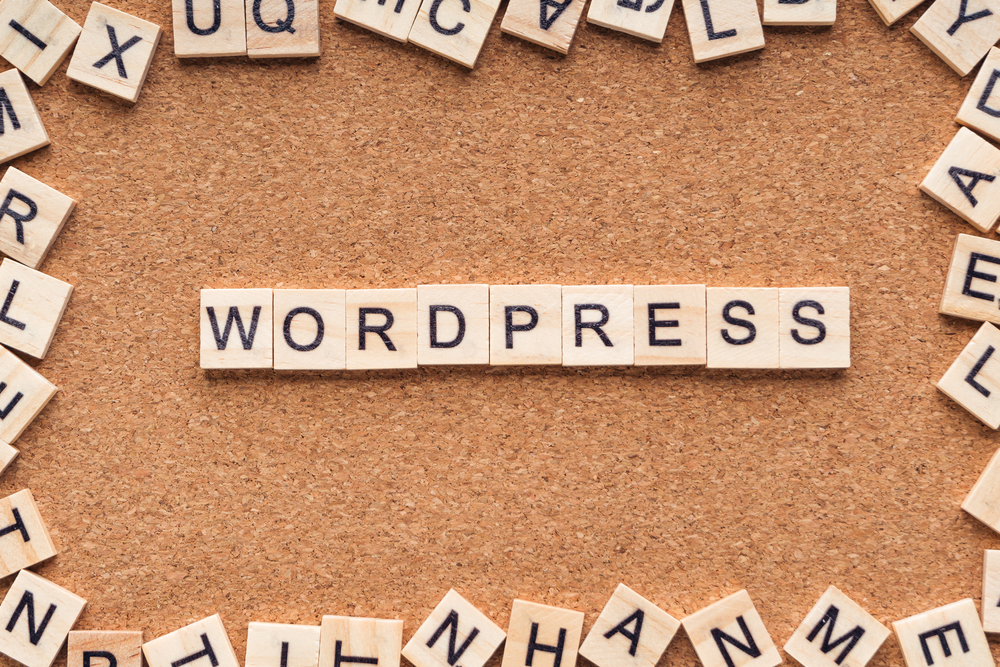
WordPress is a powerful content management system that allows users to create and maintain stunning websites without any coding knowledge. Over 30% of websites on the internet are powered by WordPress (the platform for bloggers) , making it an incredibly popular choice for businesses, bloggers, and individuals alike.
Whether you're a seasoned WordPress user or just getting started, there are always new tips and tricks to learn that can help you get the most out of your website. In this article, we'll explore some top tips for customizing and maintaining your WordPress website.
Customizing Your WordPress Website
1. Choose the Right Theme
Selecting the right theme is crucial for the overall look and functionality of your website. WordPress (the blogging platform) offers numerous free and premium themes, each with its own unique design and features. When choosing a theme, consider your website's purpose, target audience, and desired layout. Remember to choose a responsive theme to ensure your site looks great on all devices.
2. Customize Your Theme
Once you've chosen a theme, you can customize it to match your brand and vision. WordPress (WP) provides a user-friendly customization panel where you can change colors, fonts, backgrounds, and more. Additionally, you can add a custom logo and favicon to enhance your website's branding.
3. Use Widgets and Plugins
Widgets and plugins are powerful tools that can extend the functionality of your WordPress (or WP) website. Widgets are small blocks of content that can be added to specific areas, such as sidebars or footers. Plugins, on the other hand, are additional software that can be installed to add new features and functionalities. With thousands of available options, you can find plugins for SEO optimization, social media integration, contact forms, and much more.
4. Optimize Your Images
Images play a vital role in engaging visitors on your website. However, large image files can slow down your site's loading speed. To optimize your images, use plugins that compress and resize them without compromising quality. Additionally, add descriptive alt tags to your images to improve accessibility and SEO.
Maintaining Your WordPress Website
1. Regularly Update WordPress and Plugins
WordPress frequently releases updates that include bug fixes, new features, and security enhancements. To ensure your website runs smoothly and remains secure, it's essential to keep WordPress and your plugins up to date. Enable automatic updates whenever possible or check for updates regularly in your WordPress dashboard.
2. Create Regular Backups
Backing up your website is crucial in case of accidents or security breaches. Many hosting providers offer automated backup services, but you can also use plugins to create backups. Store your backups securely in an offsite location or cloud storage, so you can easily restore your website if needed.
3. Monitor Your Website's Performance
A slow website can lead to a poor user experience and higher bounce rates. Regularly monitor the performance of your website using speed testing tools like GTmetrix or Google PageSpeed Insights. These tools provide insights on areas that need improvement, such as caching, image optimization, or code minification.
4. Secure Your Website
WordPress security is essential to protect your website from malicious attacks. Start by using a strong, unique password for your admin account and limit login attempts using a plugin. Additionally, install a security plugin to monitor and defend against threats, such as malware or brute-force attacks.
5. Optimize Your SEO
Search engine optimization (SEO) is crucial for driving organic traffic to your website. WordPress offers various SEO plugins that can help you optimize your content, meta tags, sitemaps, and more. Utilize these plugins to improve your website's visibility in search engine results and attract more visitors.
Frequently Asked Questions
Q1: Can I customize my WordPress website without any coding knowledge?
A1: Absolutely! WordPress provides an intuitive user-friendly interface that allows you to customize your website without any coding knowledge. With customizable themes, widgets, and plugins, you can create a unique website that suits your needs.
Q2: How often should I update WordPress and plugins?
A2: It's best practice to update WordPress and plugins as soon as updates become available. WordPress regularly releases updates to address security vulnerabilities, bugs, and provide new features. By keeping your website up to date, you ensure its optimal performance and security.
Q3: How do I backup my WordPress website?
A3: There are multiple ways to backup your WordPress website. Many hosting providers offer automated backup services, while plugins like UpdraftPlus and BackupBuddy can create backups for you. It's recommended to store backups in an offsite location or cloud storage for added security.
Q4: How can I improve my website's loading speed?
A4: There are several ways to improve your website's loading speed. Start by optimizing your images, using caching plugins, and minimizing code. Additionally, choose a reliable hosting provider and consider using a content delivery network (CDN) to distribute your website's content globally.
Q5: Is WordPress SEO-friendly?
A5: Yes, WordPress is designed with SEO in mind. However, to fully optimize your website for search engines, you can use SEO plugins like Yoast SEO or All in One SEO Pack. These plugins provide tools to easily optimize your content, meta tags, and sitemaps.
By following these tips and tricks, you can master WordPress and create a stunning, customized website that meets your specific needs. Remember to stay updated with the latest WordPress developments and regularly maintain your website for optimal performance and security.
Other useful resources
- https://www.wordpress24plus.com/services/wordpress-development/
- https://www.wordpress24plus.com/topics/wordpress-tips-and-tricks/